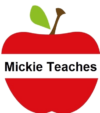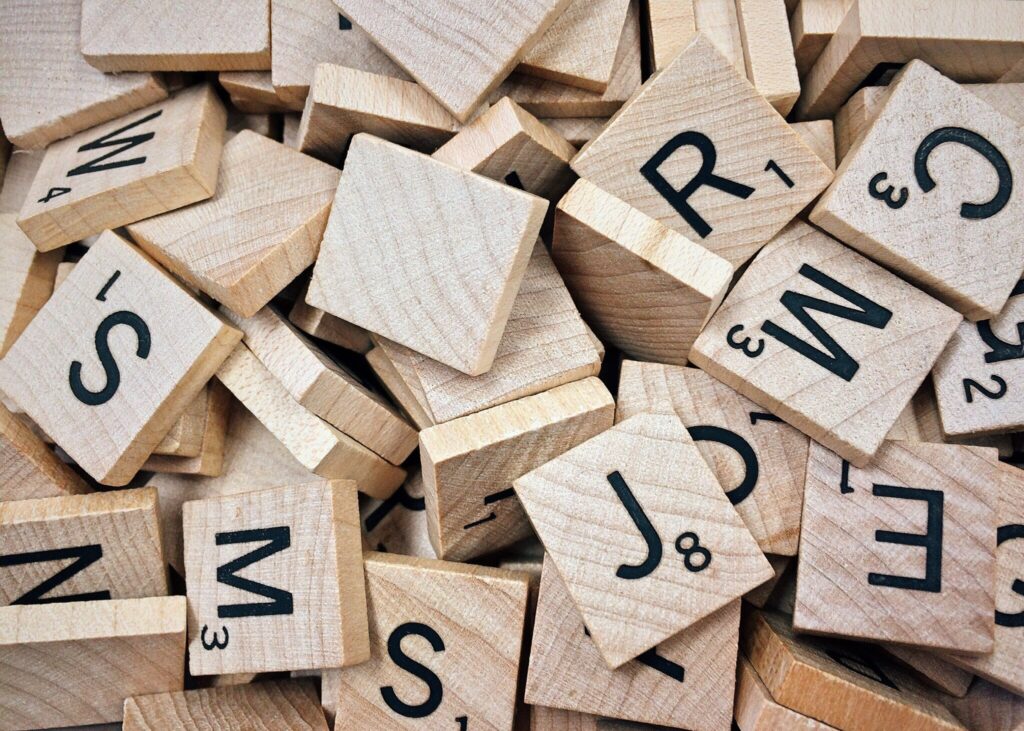What Is a Learning Disability? Is It Dyslexia?
What is a Learning Disability? We’ve all heard the term dyslexia, but is that a learning disability? You should understand the difference when you are trying to figure out why your child is struggling. According to the National Center for Biotechnology information, National Library of Medicine, National Institute of Health, Learning Disabilities use both educational and medical definitions.
The K-12 system uses the Individuals with Disabilities Act (IDEA) educational definition for a specific learning disability.
“…is a disorder in one or more of the basic psychological processes involved in understanding or using language, spoken or written, that may manifest itself in an imperfect ability to listen, think, speak, read, write, spell, or do mathematical calculations, including conditions such as perceptual disabilities, brain injury, minimal brain dysfunction, dyslexia, and developmental aphasia”
Dyslexia is one type of learning disability
Dyslexia…
*Is a neurological disorder
*Affects visual and/or auditory processing
*Usually affects reading, writing, and spelling.
*Words and letters can trade places, disappear, overlap, stretch, shrink, and generally move around.
*Students may have trouble with word recognition and/or reading comprehension.
CHECK OUT THESE DYSLEXIA CONFUSIONS
circle is attached to a stick = b d p q g
m n u h w y
l – 1
j – t
5 – 2
d – 2
S – 8
9 – 6
7 – 1
Colleges usually prefer the medical definition from the Diagnostic and Statistical Manual for Mental Disorders, the DSM V.
According to the Diagnostic and Statistical Manual, DSM-5, the diagnosis of a specific learning disorder includes the following symptoms:
- 1.
-
Persistent difficulties in reading, writing, arithmetic, or mathematical reasoning skills during formal years of schooling. Symptoms may include inaccurate or slow and effortful reading, poor written expression that lacks clarity, difficulties remembering number facts, or inaccurate mathematical reasoning.
- 2.
-
Current academic skills must be well below the average range of scores in culturally and linguistically appropriate tests of reading, writing, or mathematics. Accordingly, a person who is dyslexic must read with great effort and not in the same manner as those who are typical readers.
- 3.
-
Learning difficulties begin during the school-age years.
- 4.
-
The individual’s difficulties must not be better explained by developmental, neurological, sensory (vision or hearing), or motor disorders and must significantly interfere with academic achievement, occupational performance, or activities of daily living (APA, 2013).
As a result of the above information, dyslexia is one form of a learning disability. However, many people use those terms the same way. Consequently, many folks are confused about differences.
Understanding the differences give you clarity. Above all, you will be able to sort out the information from the schools. For example, you will be able to sort out these terms:
Dyslexia is a disability with reading, spelling, and language skills.
Dyscalculia is a disability with math and calculations.
Dysgraphia is a disability that makes the physical act of writing difficult, but Dysgraphia can also be impacted by Dyslexia.



